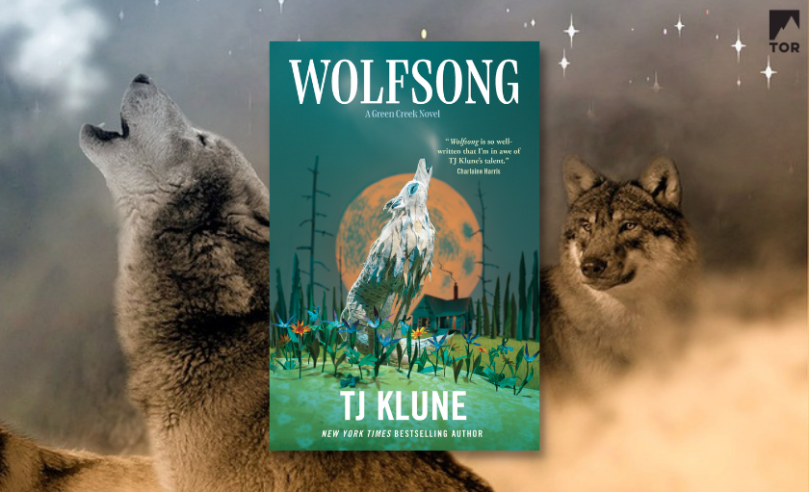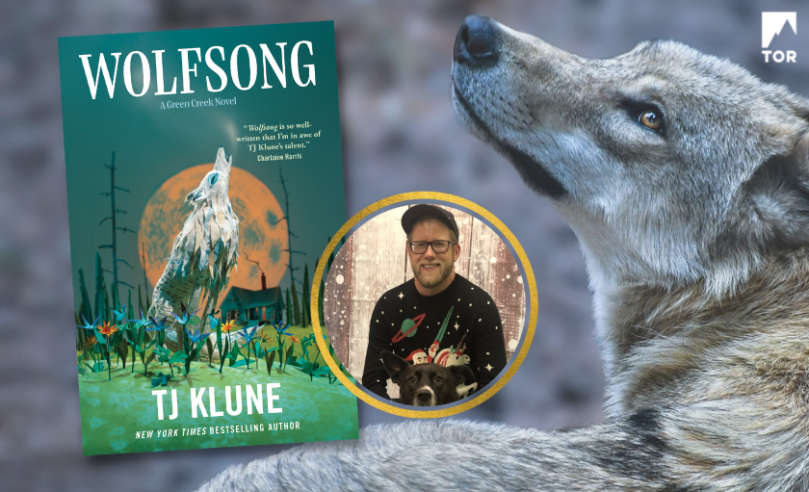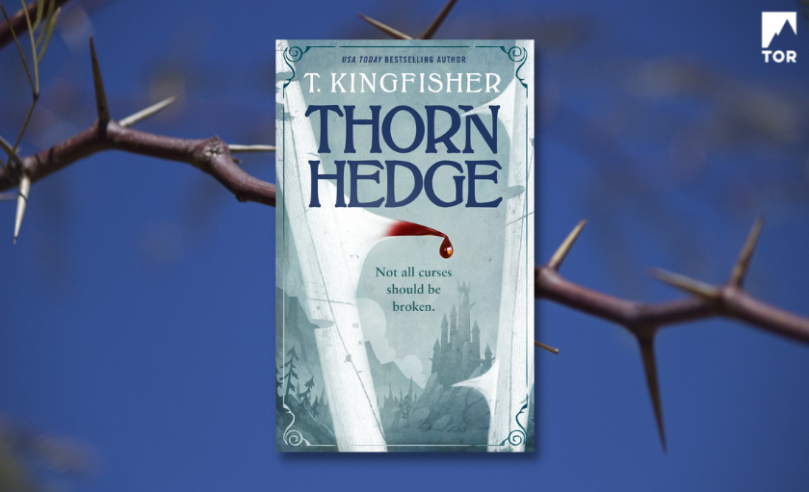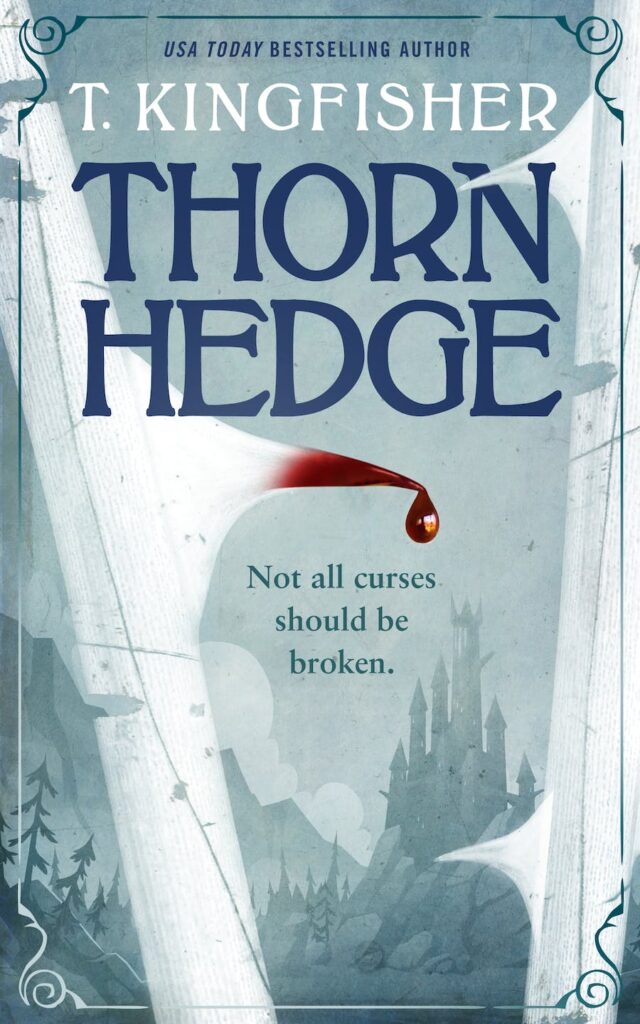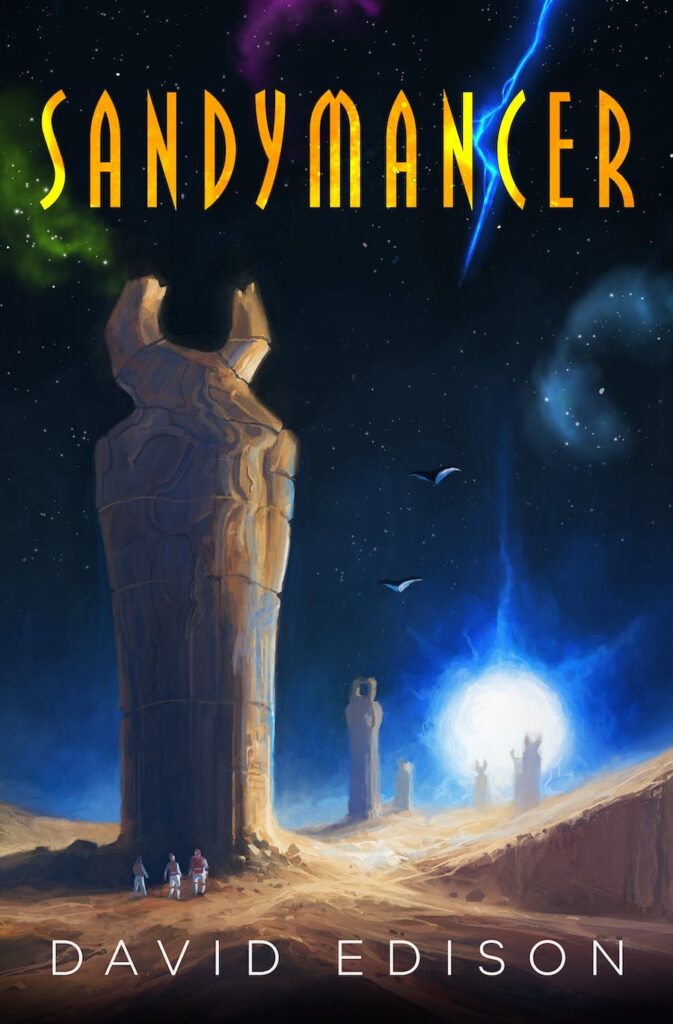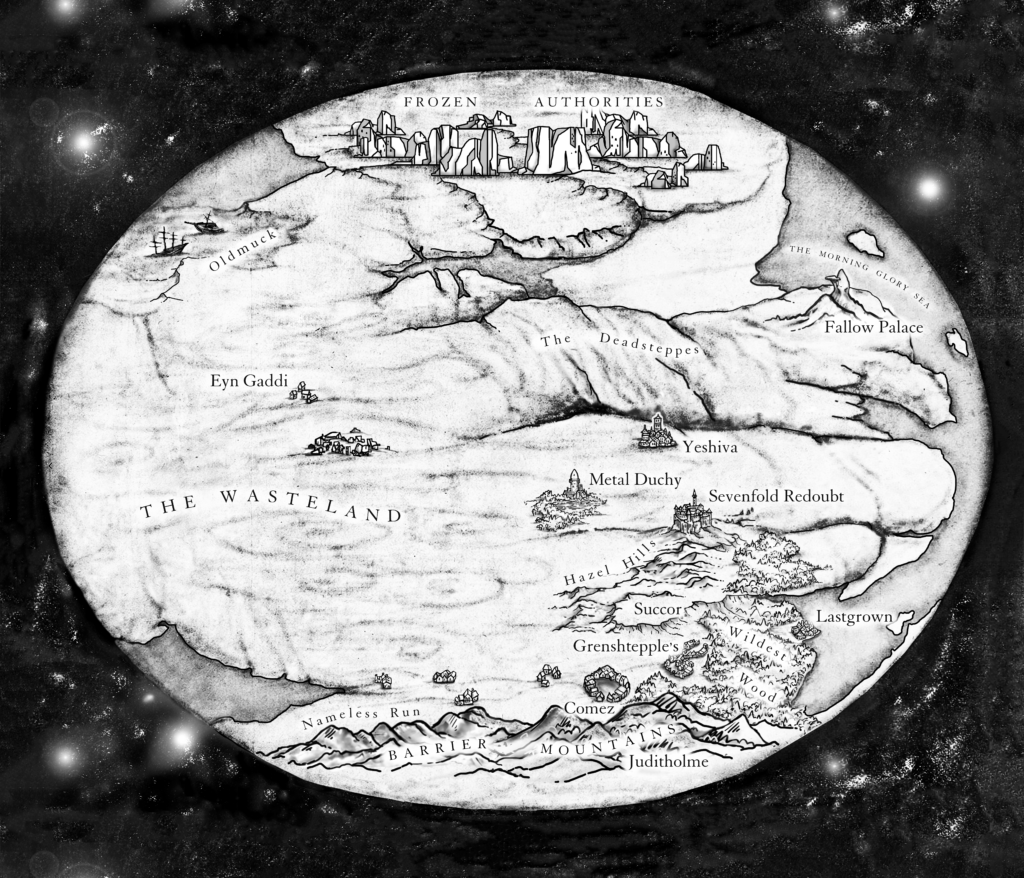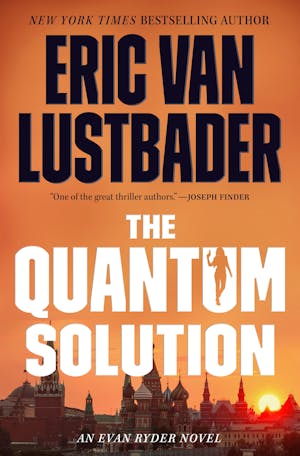 Dragonslayers have been around almost as long as dragons, but what makes a dragonslayer? Truthfully, a dragonslayer can be anyone. Your nephew, that street performer, your mail carrier… But what about a young necromancer, fresh out of school and with a chip on her shoulder? Yes.
Dragonslayers have been around almost as long as dragons, but what makes a dragonslayer? Truthfully, a dragonslayer can be anyone. Your nephew, that street performer, your mail carrier… But what about a young necromancer, fresh out of school and with a chip on her shoulder? Yes.
For more on that, we bring you Daniel M. Ford to discuss the dragonslaying capabilities of Aelis de Lenti, the main character of his fantasy novel The Warden.
Aelis de Lenti, the main character of my book The Warden, is, well, a warden, which is to say a wizard with a specific mandate to protect an area or group of people, as a kind of marshal/investigator/magistrate. And as my readers will know, her magic is not generally of the explosive, openly powerful, full-of-offensive-potential kind. So if Aelis was to go hunting dragons, she’d have to be very careful, select her targets well, prepare, and look for weaknesses other people might not see. Thankfully for her, Aelis is, while not a world class planner, really good at making it up as she goes along, and she has a couple friends—Tun, the half-orc woodsman, and Maurenia, the half-elven adventuress—that can generally be convinced to help her out.
Fáfnir
Reaching way back into the origins of European dragons here, I think it’s reasonable to say that Aelis could come up with the idea of digging a hole and waiting for the wyrm to slither over it so she can stab it in the belly. There’s also the fact that eating the heart of this particular dragon is said to bring knowledge, which combines two things Aelis can’t get enough of; fancy cuisine and knowing things other people don’t.
The Sleeping Dragon from The Sleeping Dragon by Joel Rosenberg
Right away, the Sleeping part is a giveaway for exactly how Aelis will approach this fight.
Quietly.
But there’s more to it. In Rosneberg’s Guardians of the Flame series[1], dragons have a pretty well known and debilitating weakness. There is an herb known as dragonbane—a little on the nose—that is commonly found and widely known to interfere with a dragon’s magical metabolism. This generally keeps dragons of this world from messing with humans too openly. Once Aelis gets her hands on some of this herb, a few hours in a decently stocked alchemical lab—even the not very well stocked lab in her tower would probably do—and she can definitely refine it into something extra lethal. Then it’s just a matter of getting close enough, quietly enough, with some crossbow bolts or arrows to get the job done.
Or, more likely, convincing Tun and/or Maurenia to get close enough to get the job done. After all, an Abjurer’s job in a fight isn’t necessarily to deliver the killing blow so much as it is to cover those who are better prepared or equipped to do so. At least, that’s what she’d tell her friends while she talked them into it. Can her wards stand up to dragon breath? Of course they can! Probably. But we won’t even need to find out, right?
Verimthrax Pejorative, from Dragonslayer
A classic fantasy film dragon that proves very dangerous to even an experienced wizard, as seen in the film, Vermithrax Pejorative is tough to take via a conventional approach to dragon-slaying.
Aelis de Lenti is anything but conventional.
In the film, Ulrich the wizard is able to discern that Vermithrax is affected by a disease that bothers all dragons as they age, a scale-rot that causes constant pain. Aelis could certainly diagnose this, and after coaxing the dragon to get close by staking out the goat[2]to provide a free meal, and then offering to treat her scale-rot. Once she does start treating that disease, her Necromantic abilities will teach her all about draconic anatomy and weaknesses, giving her something she can surely exploit. Maybe Vermithrax dies quietly in her sleep, maybe her firebreath is suddenly disabled, maybe the next time she flies she finds that the muscles of her wings have mysteriously atrophied and she crashes into a hill. There is no equivalent of the Hippocratic Oath in Aelis’s world.
A Dracolich, any Dracolich
Sure, sure, Dracoliches like Daurgothoth the Creeping Doom are a menace to fantasy worlds. When you marry the magical power and resistances of a lich with the thousands of years of experience, intelligence, and magical abilities of a dragon, you get something fearsome.
And not one of them has ever dealt with something like a Lyceum trained Necrobane. Aelis is at her best and most powerful when fighting the undead. Once she’s got some practical experience against living dragons and is able to put that together with her Necromantic power, she can surely find a way to take down a dracolich.
Rand al’Thor, The Dragon Reborn[3]
Yes, I hear you. Rand is catastrophically powerful. If he’s got any of his angreal or sa’angreal around, like Callandor, he can probably destroy the world, or close enough as makes no difference. Aelis can’t match him with magic. She probably can’t match him blade to blade, either, as Rand is a confirmed blademaster and she is competent. Her friends wold surely know better than to even try. So why do I think Aelis could take him?
Quite simply, (at least in the early books) Rand is terrified of women, especially one that acts even a little bit interested in him. And later books Rand flat out refuses to fight a woman. Is this cheating? Fine! Aelis isn’t above cheating to achieve a goal! She can easily take Rand al’Thor[4]based on these two data points alone.
So, there you have it; the Top 5 Dragons Aelis de Lenti can take in a fight. It requires a little unorthodox thinking, because Aelis doesn’t flash the kind of power you might expect from a fantasy wizard. But she excels at getting the most out of what she does have; her wards, her Necromancy, her friends, and her willingness to cheat[5].
Order The Warden Here:
[1] A portal fantasy where a group of college students get transported to the world they play a fantasy RPG in and decide to Do the Industrial Revolution in order to end slavery. It shows its age in spots (it began in 1983) but it’s worth a read.
[2] If you’ve read The Warden you know exactly which goat I mean
[3] I do not suggest that Aelis could handle the armies surrounding Rand, the Far Dareis Mai who guard him, or Elayne, Aviendha, and Min. Just Rand.
[4] Provided we ignore all the stuff about his world-shattering power and the massive armies, incredible resources, and similarly powerful people who’d be invested in his victory.
[5] Please understand that I have great respect, even love, for all the dragons mentioned here.










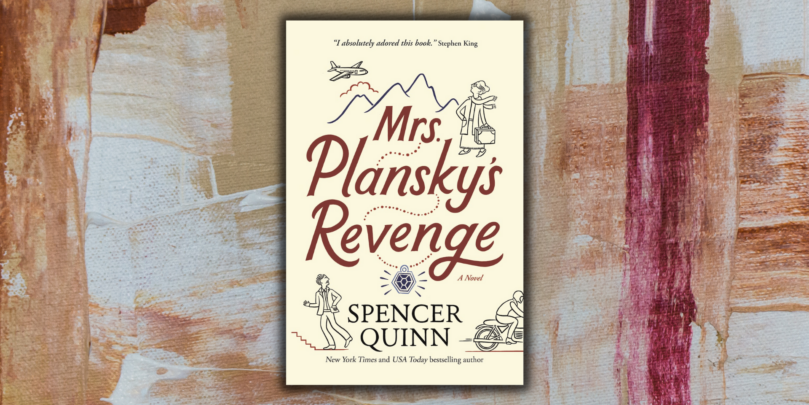
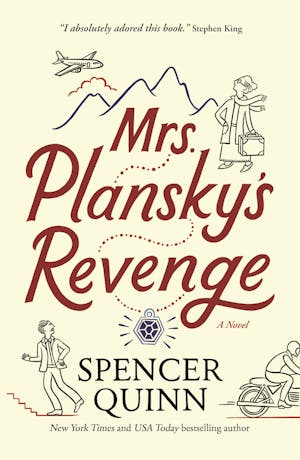
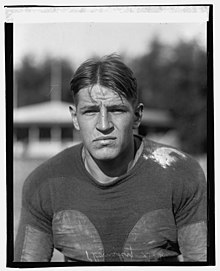


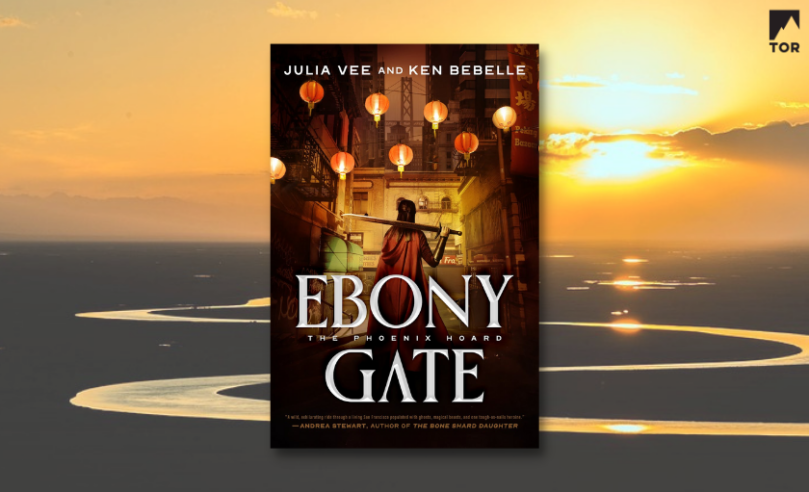

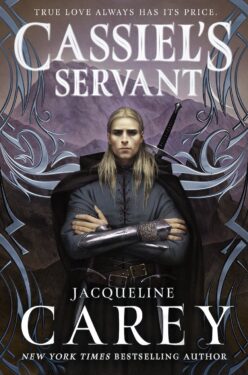 Writers love a challenge and today Jacqueline Carey, author of Kushiel’s Dart and the upcoming companion novel, Cassiel’s Servant, joins us on the blog to discuss the constraints around writing. Check it out here!
Writers love a challenge and today Jacqueline Carey, author of Kushiel’s Dart and the upcoming companion novel, Cassiel’s Servant, joins us on the blog to discuss the constraints around writing. Check it out here!